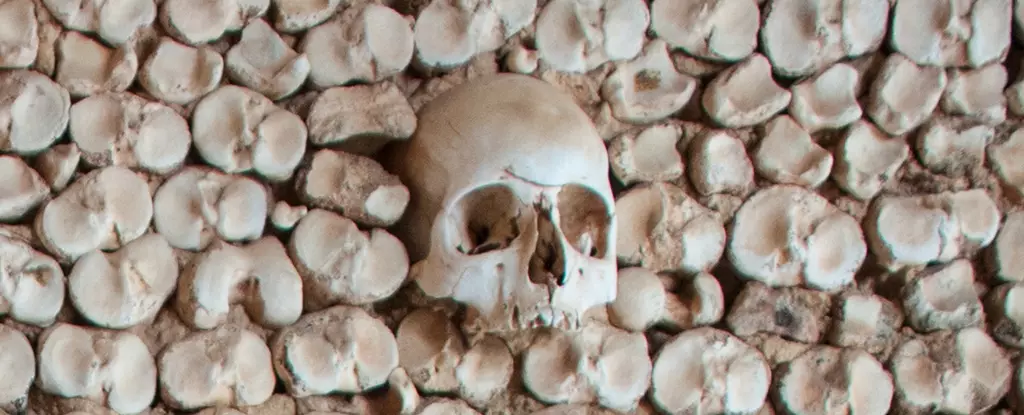Around 120,000 years ago, in the Levant region of western Asia, two closely related hominin species—Homo sapiens and Neanderthals—began engaging in the act of burying their dead. The convergence of these burial practices at this particular time suggests that, despite their distinctions, there was an overlap in cultural practices between these two species. Recent studies have shed light on this fascinating aspect of prehistoric life, illuminating both similarities and differences in how each species honored their deceased.
A comprehensive analysis involving 17 Neanderthal and 15 Homo sapiens burial sites has revealed that these practices may have originated in the Levant region, predating similar burial sites in Europe and Africa. This finding poses intriguing questions about the cultural exchange and competition that may have existed between the two groups. Researchers believe that the rise in burial practices highlighted a struggle for resources and space during this period. The shared ritual of burial suggests that there could have been a cultural interplay, but it also hints at heightened competition amid the environmental and social challenges they faced.
Determining the nature of burial practices in this ancient context is complex. The criteria for distinguishing between intentional burials and remains simply exposed to the elements can often be ambiguous. Scholars have sought to identify distinct arrangements of skeletons, grave goods, and evidence of excavation to make these determinations. Their findings indicate that both Homo sapiens and Neanderthals displayed a ritualistic approach to burial, caring for the dead regardless of age. Particularly noteworthy is the observation that Neanderthals appeared to bury more infants compared to Homo sapiens.
Diverse Grave Goods and Burial Techniques
An essential aspect of burial practices is the inclusion of grave goods, providing insights into the beliefs and customs of these early humans. Both species exhibited a penchant for accompanying their dead with various items, such as animal bones, stones, and other artifacts. However, stark differences emerge in burial techniques: Neanderthals typically opted for deeper interments within caves, while Homo sapiens preferred cave entrances or rock shelters for their burials. This choice of location may reflect differing beliefs regarding death and the afterlife.
Additionally, the positioning of the skeletons revealed further cultural differences. The prevalent fetal position of Homo sapiens skeletons contrasted with the diverse arrangements seen in Neanderthal burials. Such distinctions raise questions about the deeper cultural and symbolic meanings behind these rituals.
Material Culture and Symbolism in Burials
Examining the material culture surrounding burials offers a window into the symbolic systems of early humans. Neanderthals frequently utilized rocks, potentially as primitive gravestones, while Homo sapiens exhibited a greater affinity for decorative items. The presence of ochre, shells, and other ornamental artifacts in Homo sapiens graves signifies a more evolved sense of aesthetic expression and possibly complex belief systems regarding the afterlife. Although both groups shared aspects of their material culture, their burial customs reveal a split that warrants further exploration.
Consequences of Neanderthals’ Extinction
The narrative takes another twist with the extinction of Neanderthals around 50,000 years ago, a pivotal moment believed to have influenced burial practices in the region. Post-extinction, an intriguing pause in burial activities emerged in the Levant, lasting tens of thousands of years. Subsequently, the Natufians, known for their early sedentary lifestyles, revived these practices at the end of the Paleolithic era. This transition signifies not only a return to the ritual of burial but also marks a major shift in societal organization and lifestyle.
Understanding the burial practices of early Homo sapiens and Neanderthals sheds light on the cultural dynamics and existential concerns of our ancient ancestors. Their shared yet distinct approaches to honoring the dead reflect a complex interplay of competition, cooperation, and cultural evolution. As researchers delve deeper into these ancient practices, they unveil layers of meaning surrounding humanity’s earliest rituals—a vital aspect of our collective heritage. The nuanced insights gained from these studies continue to enlighten conversations regarding the development of social structures, belief systems, and the profound significance of mourning and memory in human history.


Leave a Reply